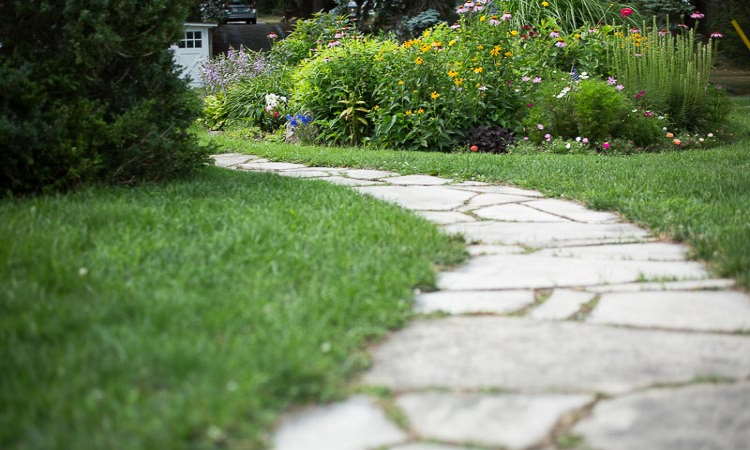One of the problems that landscapers and gardeners have in some parts of the world is the weather, and in particular dealing with cold, wet, wintry conditions whilst creating and then maintaining landscaped gardens Conversely, here in Australia, the problems Perth Landscapers from martincuthbert.com.au face with weather are rarely that it is wintry but instead it is the hot, sunny weather that creates issues.
Whilst most people are happy when the sun is out, they are not so keen when the temperatures reach unbearable levels. That same mindset is held by many gardeners, including those who have landscape designs. Although the sun is most welcome as it helps flowers and plants to grow, too much of it, and the excessive heat which is generated, are most definitely not healthy for gardens.
So, if you live in a part of the country which is especially prone to lots of excessive heat and have a landscaped garden to look after, what can you do? Well, to start with, you can follow the eight tips we have outlined below for caring for landscaping during long, hot summers.
Grow Plants That Are Native To The Area: Whilst it may limit your options as to what you can grow in your landscaped garden, a wise decision is to use only plants which are native to the area. Using only plants which thrive in hot weather means they can endure the heat.
Group Plants Based On Watering Requirements: This involves setting up what are called “hydrozones” which are simply areas of your garden where all the plants in it have similar watering needs. So, those which need little water are placed together and those which require watering daily, are in another area. This is a highly efficient means of minimising water usage.
Reduce The Size Of Your Lawn: One of the thirstiest areas of your garden is your lawn. It follows, therefore, if you reduce the size of your lawn, the amount of water needed overall within your garden is reduced. Alternatively, replant your lawn with drought-resistant grasses.
Utilise Xeriscaping In One Or More Areas: Xeriscaping is how landscapers reduce the amount of hydration needed within a garden. Simple examples are having a pebbled area with a bench, or a concrete base with a statue, neither of which require water.
Reduce Evaporation: The more moisture you can retain within your garden the better, and reducing evaporation is how that goal can be achieved. This can be done by having lots of shade, for example by having high hedges or trees. Other ways include installing windbreaks or fencing.
Mow And Prune Wisely: Pruning might be considered more of an autumn or winter activity but in the summer it can also help keep plants healthy. As for mowing, if you avoid cutting your grass too short, the taller blades act as a natural shade and this aids your grass in resisting heat.
Use Mulch To Provide The Soil With Moisture: Mulch is an ideal way to help keep moisture within your soil and the fact that it is organic is even better. Ideally, you want to add a layer of about 2 inches thick to your soil to keep it cool and moist.
Water Your Landscaping Efficiently: Randomly watering your landscaping with no plan or purpose is not helpful. Instead, determine how much watering each plant or each area needs and how often, for maximum efficiency.

